The real difference in quality with a 4K wireless outdoor security camera lies in its ability to capture four times the pixel detail of standard 1080p HD. This exponential increase in resolution (from 2 million to over 8 million pixels) directly translates into significantly clearer, sharper video. This clarity is not just for better viewing; it enables effective digital zoom to identify crucial details like faces, clothing characteristics, or license plates from a distance, details that are often lost or pixelated in lower-resolution footage.

Table of Contents
1. Why Does Pixel Count Matter So Much for Outdoor Security?
2. How Does 4K Resolution Transform Image Clarity and Detail?
2.1 Can You Actually Identify Faces and License Plates?
2.2 What is the Impact on Digital Zoom?
3. What Are the Bandwidth and Storage Implications of 4K Video?
3.1 How Much More Storage Does a 4K Camera Require?
3.2 Can Your Wi-Fi Network Handle a 4K Wireless Camera?
4. Does a 4K Sensor Improve Night Vision Performance?
5. How Does Higher Resolution Affect a Camera’s Field of View?
6. What Role Does 4K Play in Enhancing AI Detection Accuracy?
7. Is a 4K Wireless Outdoor Camera Worth the Higher Cost?
Why Does Pixel Count Matter So Much for Outdoor Security?
When discussing camera quality, "resolution" refers to the total number of pixels that make up the image. A pixel is a tiny dot of information, and the more dots you have, the more detailed the picture becomes. For outdoor security, where you are monitoring larger areas like a driveway, backyard, or front lawn, this detail is paramount.
A standard 1080p Full HD camera captures an image that is 1920 pixels wide by 1080 pixels tall, resulting in just over 2 million pixels. In contrast, a 4K Wireless Security Camera Outdoor captures an image that is 3840 x 2160 pixels, totaling over 8 million pixels. This isn't a small jump; it’s a fourfold increase in image information. This density of pixels means that every frame of video contains significantly more data, which is critical for distinguishing important features from further away and maintaining clarity even when the image is magnified.
How Does 4K Resolution Transform Image Clarity and Detail?
The primary benefit of a 4K resolution is the unparalleled level of clarity and detail it provides. In a real-world security scenario, this is the difference between seeing a blurry, unidentifiable figure on your property and seeing a clear individual whose features can be distinguished. The higher pixel density minimizes blur and distortion, rendering everything from the texture of clothing to the leaves on a tree with crisp precision.
This enhanced detail is crucial for both live monitoring and reviewing recorded footage. When an event occurs, you need video that serves as usable evidence. A 1080p camera might show you that someone was there, but a 4K camera is far more likely to show you who was there, what they were carrying, and what they were doing with a much higher degree of certainty.
Can You Actually Identify Faces and License Plates?
Yes, and this is one of the most compelling reasons to choose 4K for outdoor surveillance. License plates and faces are relatively small objects within a wide outdoor scene. With a 1080p camera, these details often become a pixelated mess as distance increases. A vehicle at the end of a driveway might be visible, but its license plate will likely be unreadable.
A 4K camera, with its 8 million pixels, captures enough detail to render these small elements legibly from a much greater distance. This capability is invaluable for providing actionable information to law enforcement. Being able to positively identify a person or a vehicle involved in an incident can be the key to a successful resolution, transforming your security camera from a simple deterrent into a powerful evidence-gathering tool.
What is the Impact on Digital Zoom?
It's important to understand the difference between optical zoom and digital zoom. Optical zoom uses a physical lens to magnify a scene without losing quality. Most wireless security cameras, however, rely on digital zoom, which is essentially cropping and enlarging a portion of the existing image. When you digitally zoom on a 1080p video, you are working with a limited number of pixels, so the image quickly becomes blurry and blocky.
With a 4K camera, you are starting with four times the pixel information. When you digitally zoom in, you are cropping a much denser and more detailed image. This means you can magnify a portion of the scene to a significant degree before image quality degrades noticeably. For instance, zooming in 2x on a 4K image still gives you a resulting image with 1080p resolution. This makes digital zoom a genuinely useful feature for investigating activity without sacrificing critical detail.
What Are the Bandwidth and Storage Implications of 4K Video?
Capturing four times the detail comes with a trade-off: 4K video files are significantly larger than 1080p files. This directly impacts two key areas: the bandwidth required to stream the video over your Wi-Fi network and the amount of storage space needed to save the footage.
Modern 4K cameras mitigate this through advanced video compression technology. The most efficient standard is H.265 (or HEVC), which can reduce file sizes by up to 50% compared to the older H.264 standard, without a noticeable loss in quality. When choosing a 4K camera, ensuring it supports H.265 compression is essential for managing its data footprint effectively.
How Much More Storage Does a 4K Camera Require?
Even with H.265 compression, 4K video requires more storage space than 1080p. The exact amount will depend on factors like the camera's bitrate, the amount of motion it records, and the compression used. However, a general comparison highlights the difference.
| Resolution | Typical Bitrate (H.265) | Estimated Storage for 24 Hours of Continuous Recording |
|---|---|---|
| 1080p (Full HD) | 2-4 Mbps | ~20-40 GB |
| 2K (QHD) | 4-6 Mbps | ~40-60 GB |
| 4K (Ultra HD) | 8-15 Mbps | ~80-150 GB |
This table illustrates that you will need a larger-capacity microSD card for local storage or a more robust cloud storage plan to accommodate 4K footage. Many users opt for motion-activated recording rather than continuous recording to significantly reduce storage needs.
Can Your Wi-Fi Network Handle a 4K Wireless Camera?
A stable and strong Wi-Fi connection is critical for a wireless 4K camera. The device needs sufficient upload speed to send the large video files to the cloud or your mobile device for live viewing. A weak or congested network can lead to laggy live streams, failed recordings, and delayed notifications.
For a single 4K camera, an upload speed of at least 5-10 Mbps is recommended at the camera's location. If you plan to install multiple 4K cameras, you will need a more powerful router and a faster internet plan to ensure smooth operation for all your devices without compromising performance.
Does a 4K Sensor Improve Night Vision Performance?
The relationship between 4K resolution and night vision is complex. A 4K sensor has smaller individual pixels compared to a 1080p sensor of the same size. In theory, larger pixels are better at capturing light in dark conditions. However, high-end 4K cameras compensate for this with superior image sensors, larger apertures (e.g., f/1.6), and advanced image processing software.
The result is that a premium 4K camera often delivers clearer night vision. While a 1080p camera might produce a brighter but softer image, the 4K camera can render more detail in the shadows. When combined with color night vision technology, which uses ambient light and powerful spotlights to record in color after dark, the 4K resolution allows you to distinguish colors and details at night with much greater fidelity.
How Does Higher Resolution Affect a Camera’s Field of View?
Field of View (FOV) is determined by the camera's lens, not its resolution. A 1080p camera and a 4K camera can have the exact same 130-degree FOV. The real difference is the pixel density within that field of view. A 4K camera spreads its 8 million pixels across the same area where a 1080p camera only has 2 million.
This means that with a 4K camera covering a wide area like a backyard, the objects on the periphery of the view remain much sharper and more detailed. You get the benefit of wide coverage without sacrificing the ability to identify details anywhere in the frame. This makes a single 4K camera potentially more effective than multiple lower-resolution cameras trying to cover the same zone.
What Role Does 4K Play in Enhancing AI Detection Accuracy?
This is a crucial, often-overlooked benefit. Modern security cameras increasingly rely on Artificial Intelligence (AI) to distinguish between people, vehicles, animals, and packages. This intelligence is what prevents you from getting a notification every time a tree branch sways in the wind.
The effectiveness of this AI is directly dependent on the quality of the data it receives. A 4K sensor provides the AI algorithm with a much richer, more detailed image to analyze. With more data points, the AI can more accurately identify a person's shape, differentiate a pet from a wild animal, or recognize a delivered package. Leading smart security brands like Botslab engineer their advanced AI features to leverage high-resolution video, resulting in more precise alerts and a smarter, more reliable security experience.
Is a 4K Wireless Outdoor Camera Worth the Higher Cost?
Ultimately, the decision depends on your specific security needs. If your goal is simply to have a general deterrent and see if someone is at the door, 1080p or 2K may suffice. However, if your priority is the ability to capture usable, evidence-grade video that can positively identify individuals or vehicles, then the investment in a 4K camera is absolutely worthwhile.
Consider the value of clarity. The increased cost of a 4K camera and its associated storage becomes negligible when it provides the one critical detail needed to resolve a theft, vandalism, or other security event. For homeowners who want the highest level of security and peace of mind, the superior detail, effective digital zoom, and enhanced AI performance offered by a 4K outdoor camera represent the new standard in home surveillance.


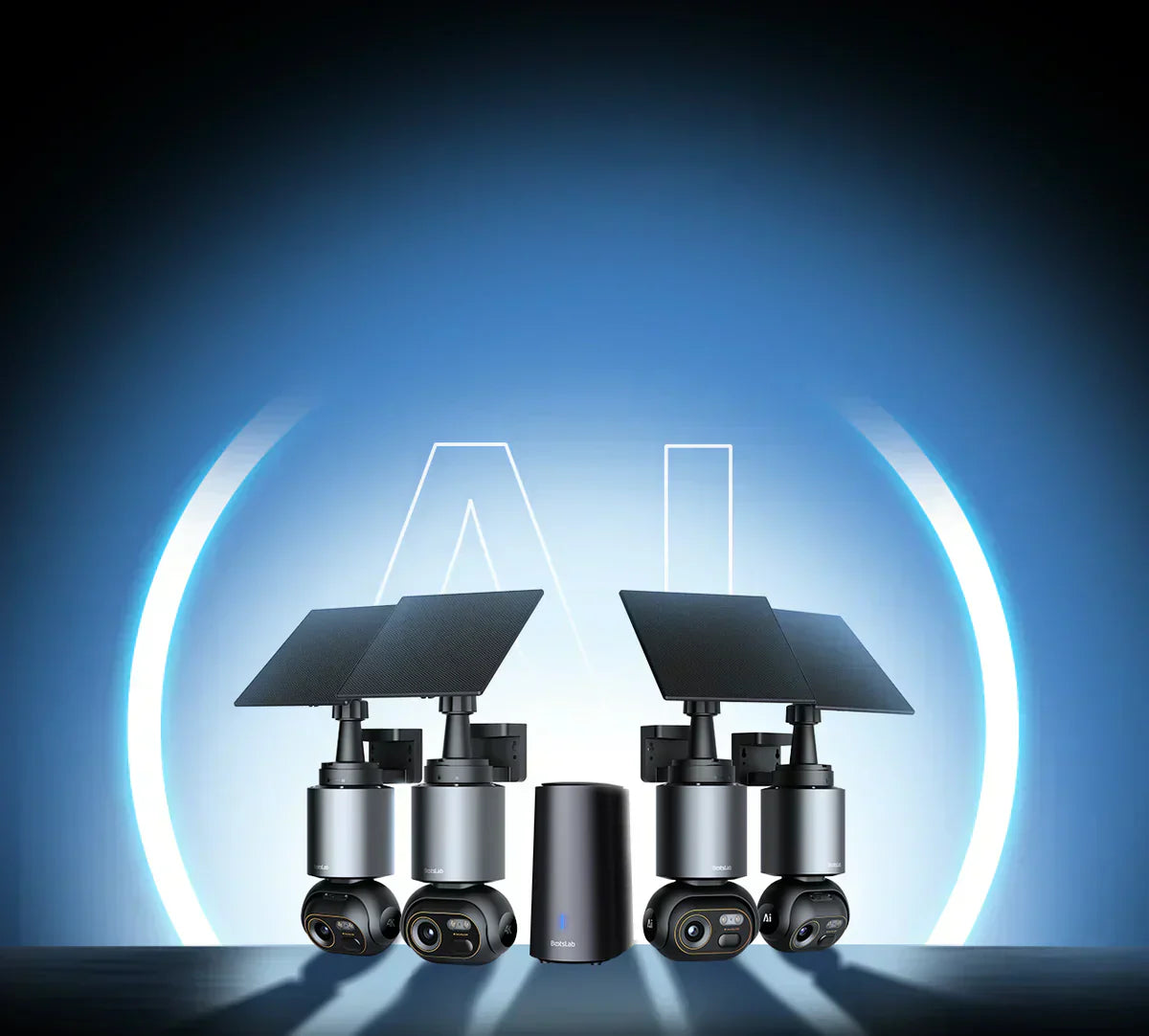
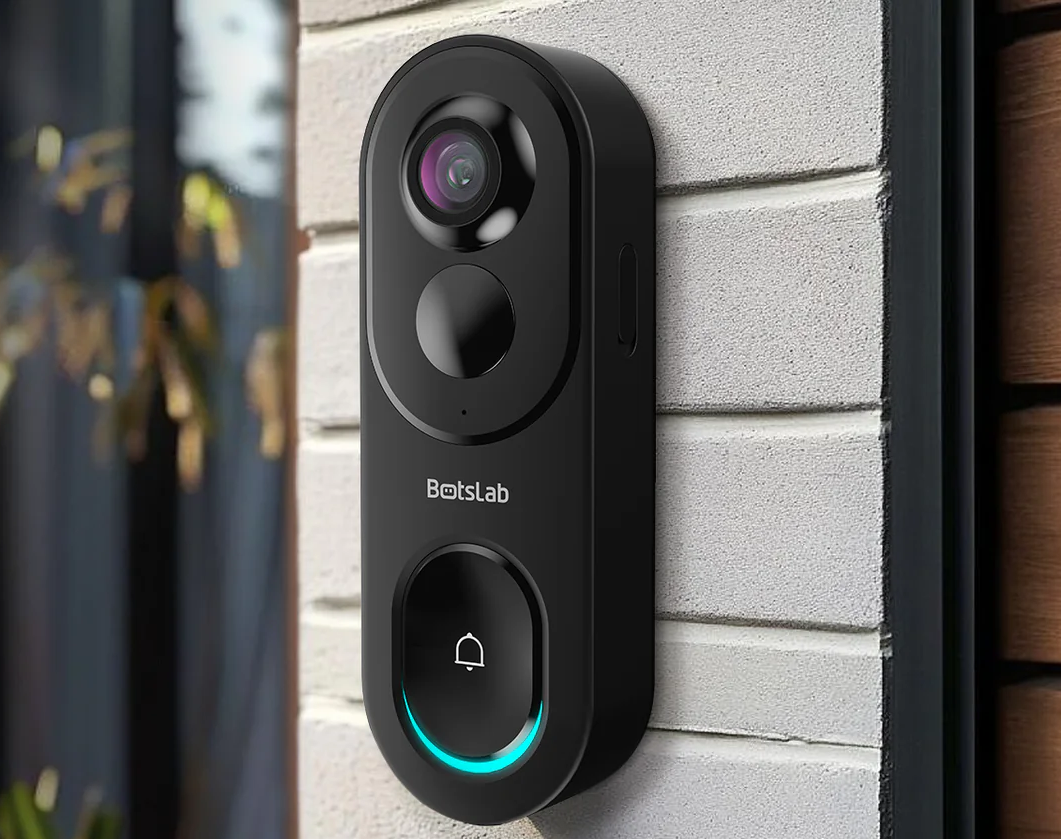
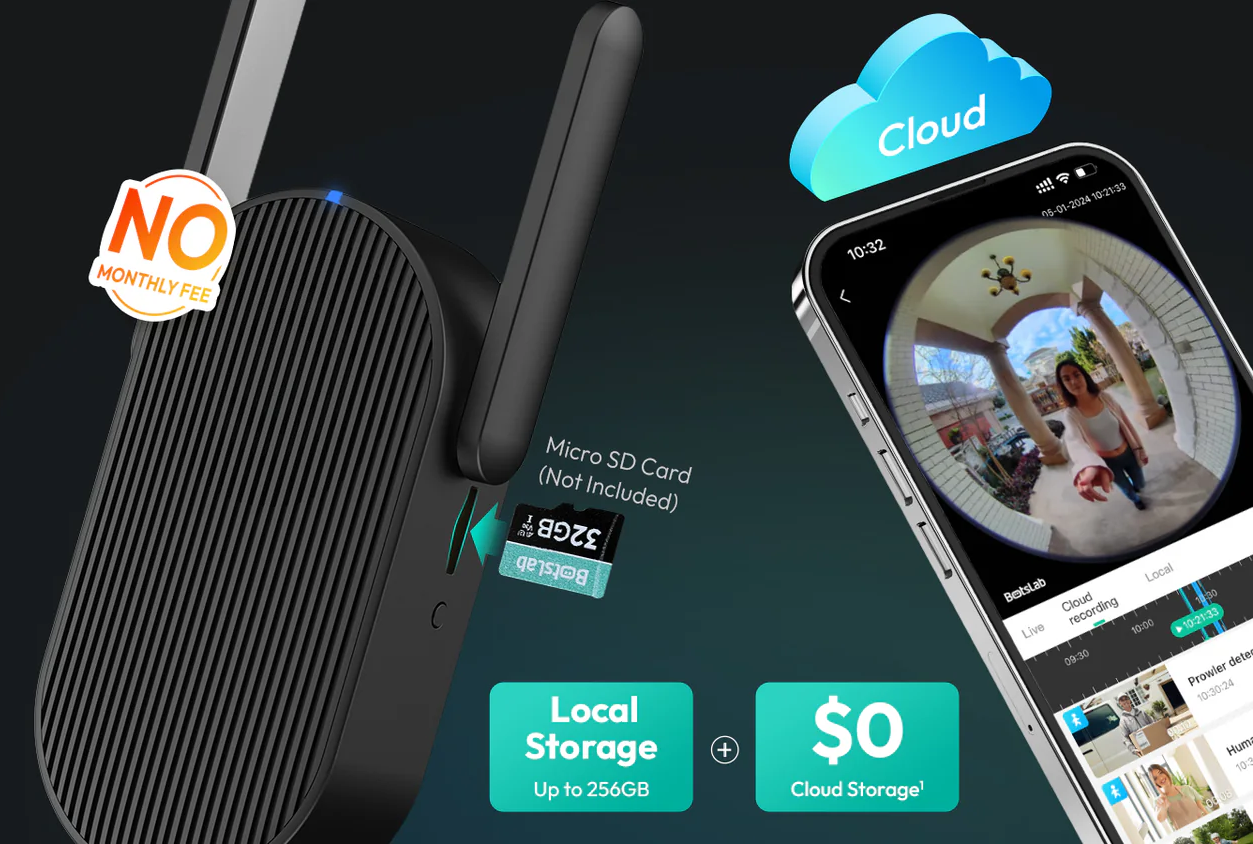



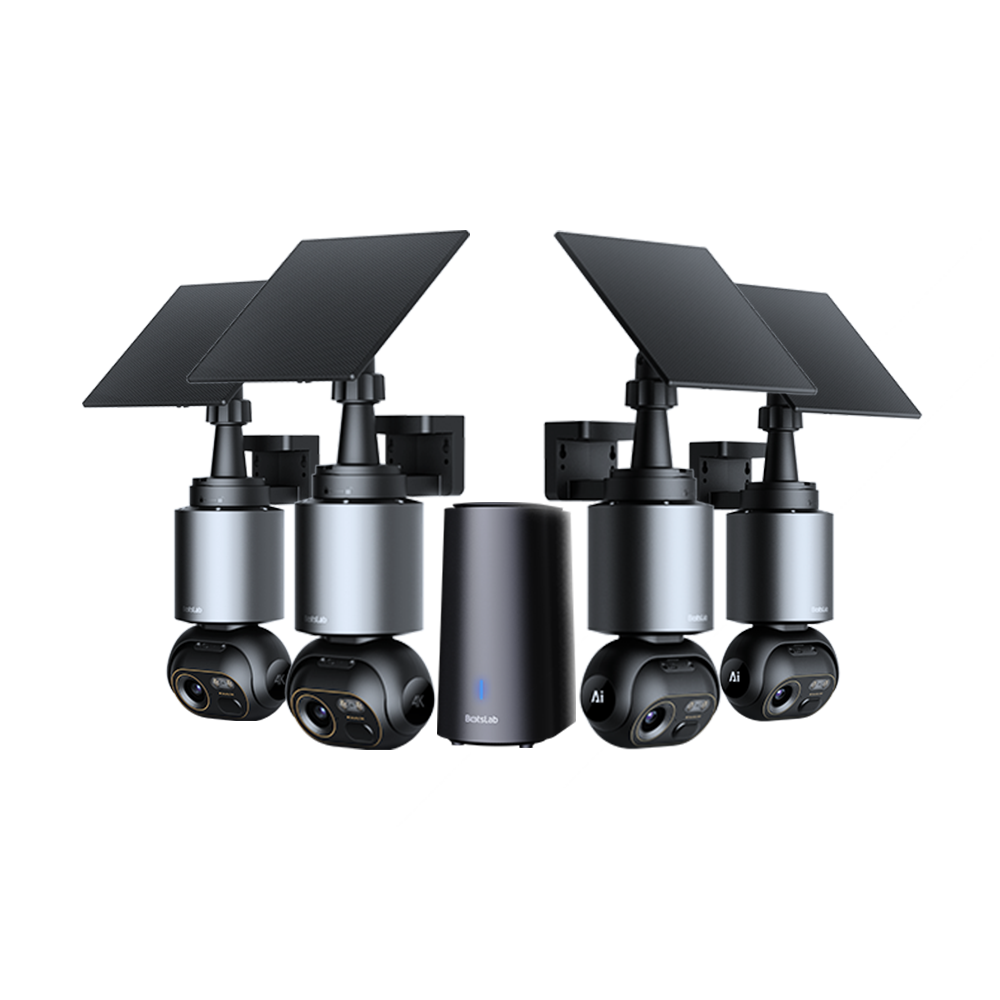




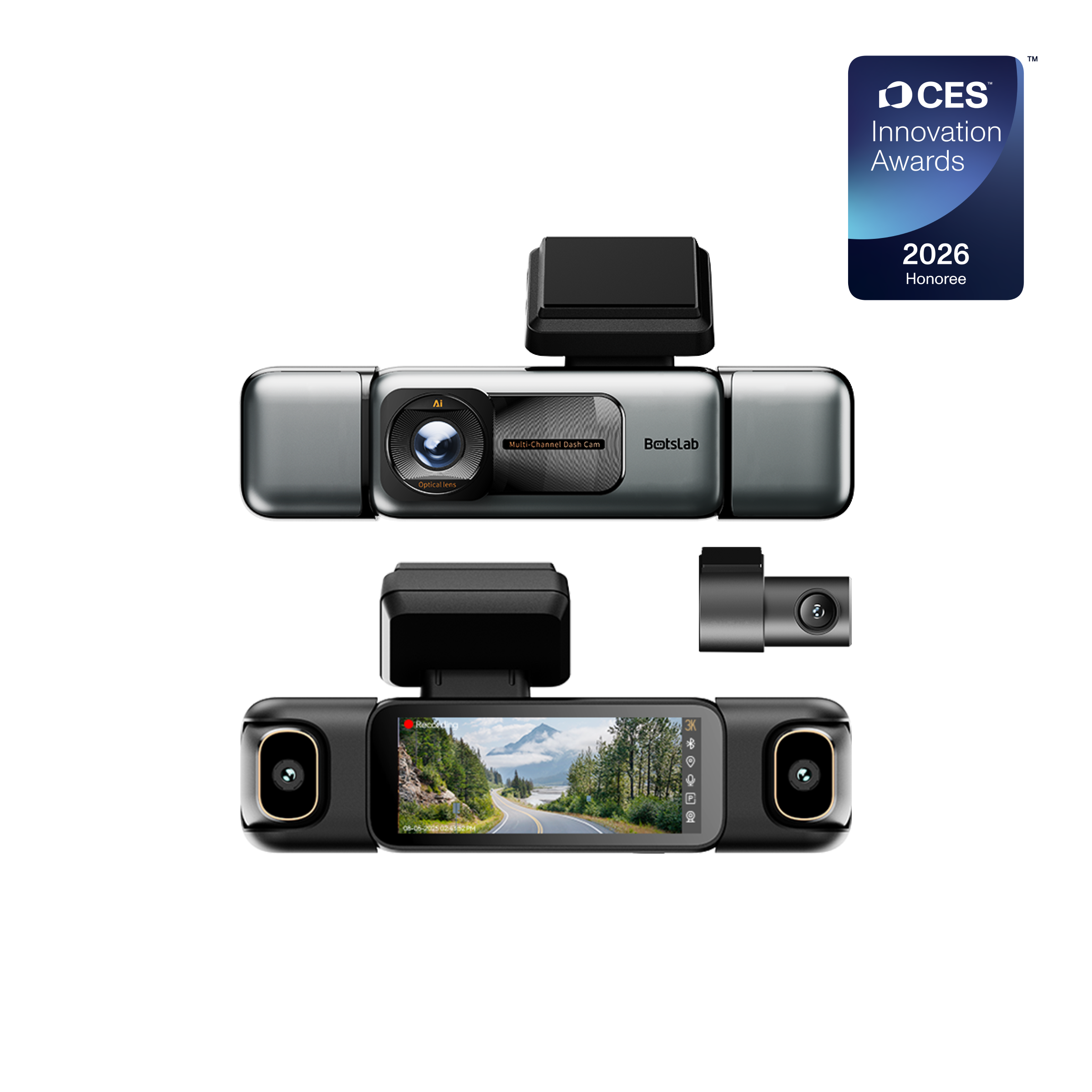
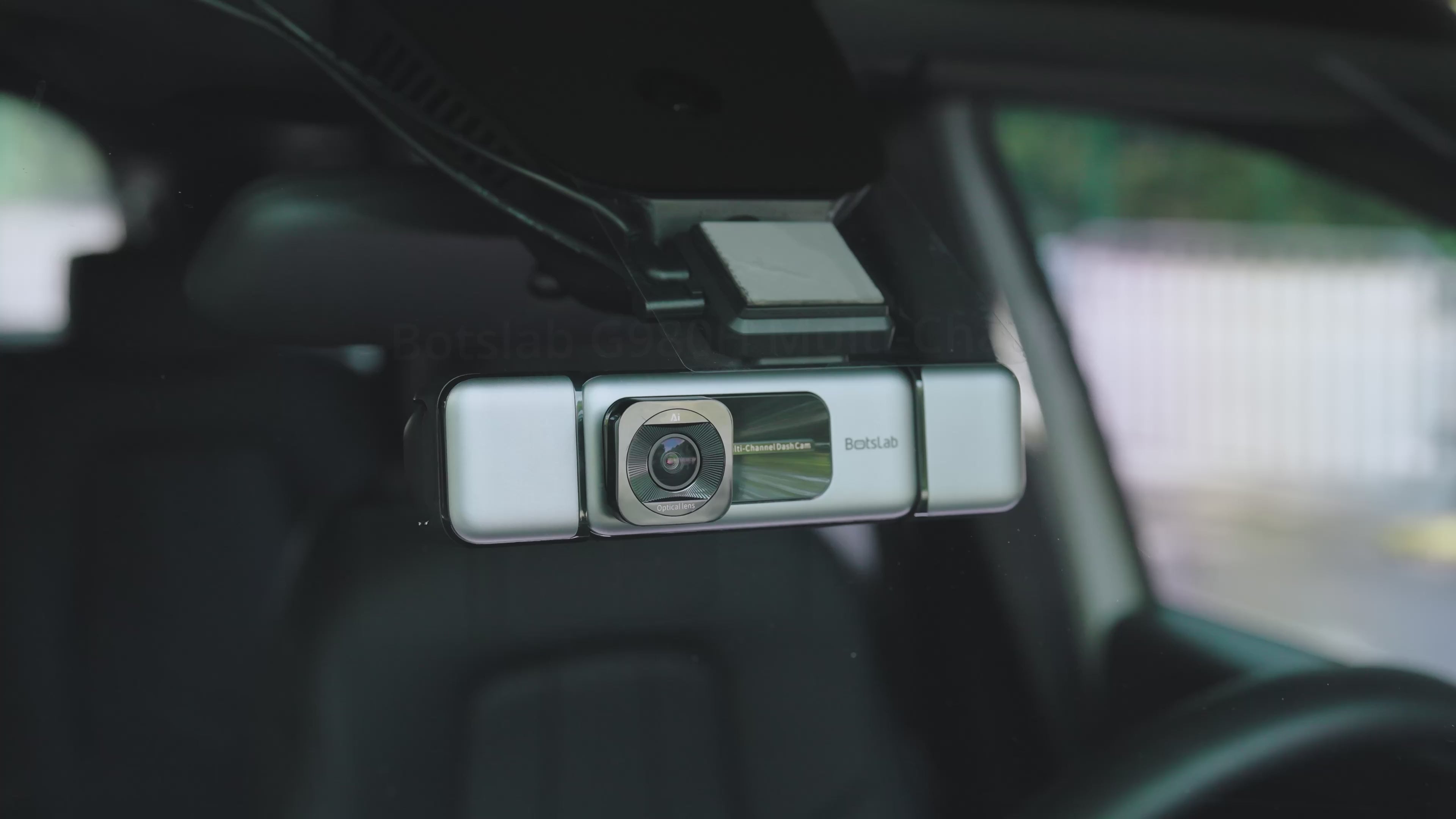


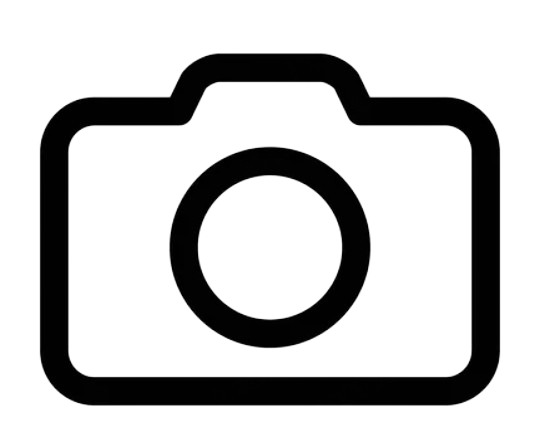

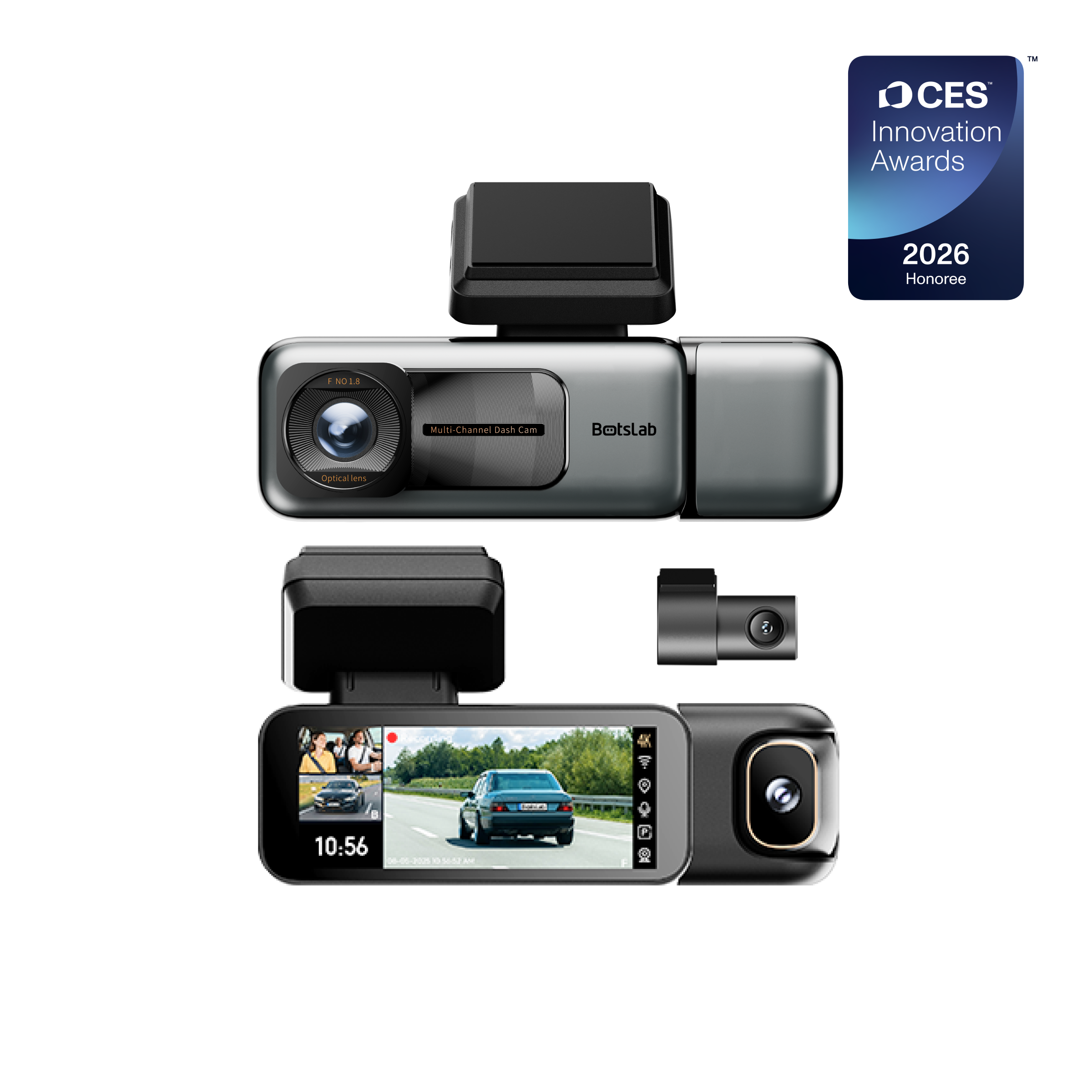


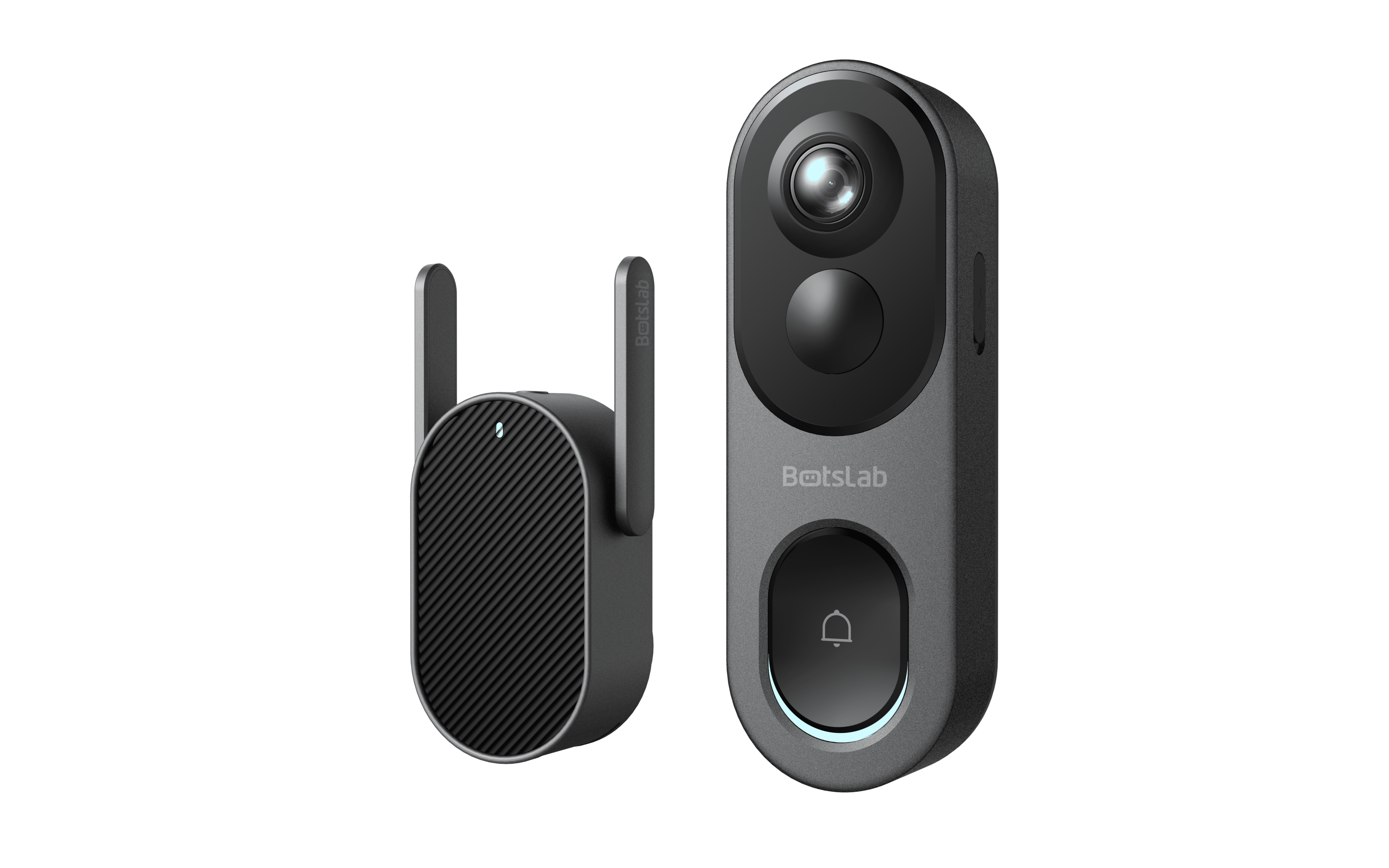
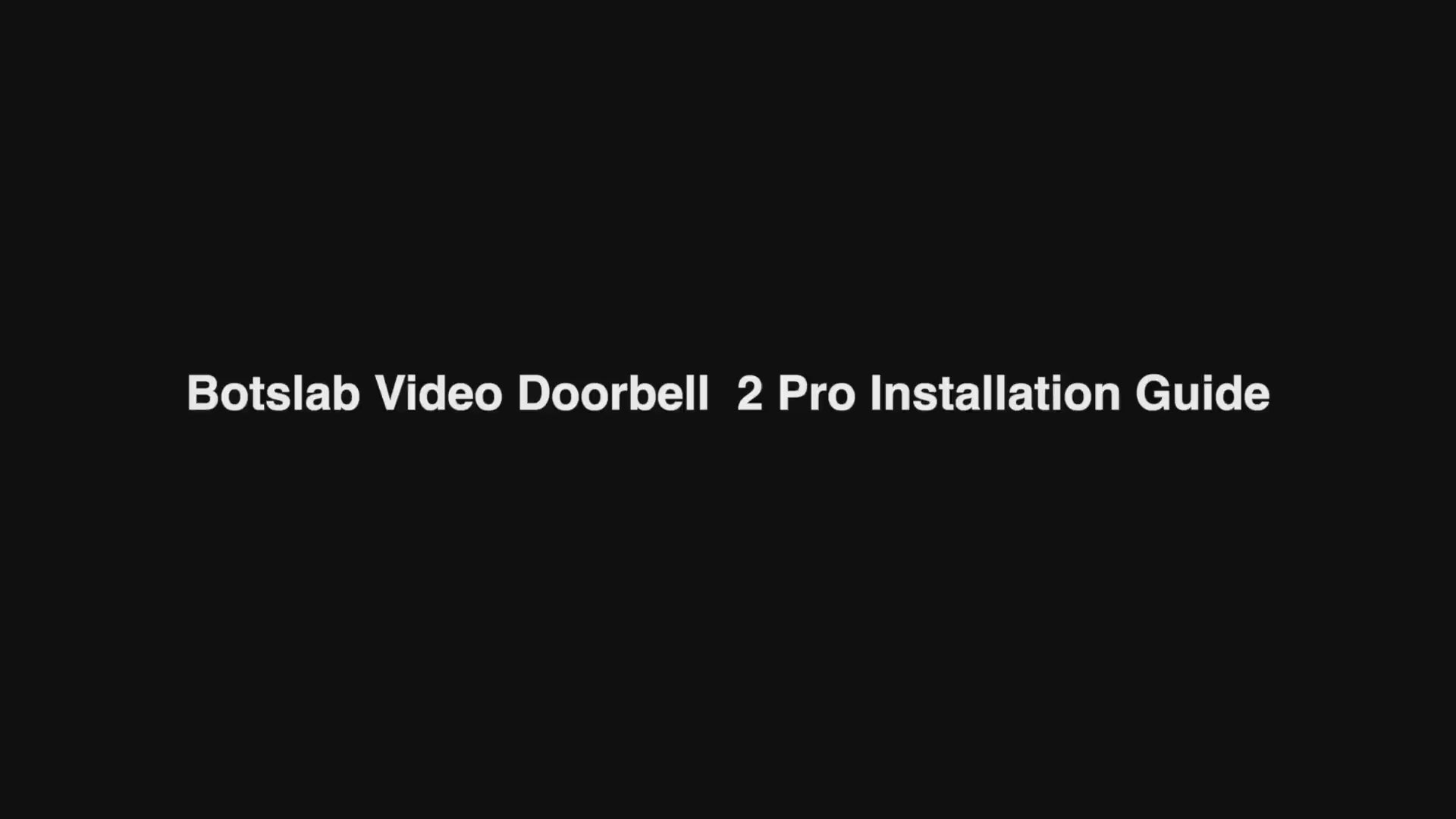

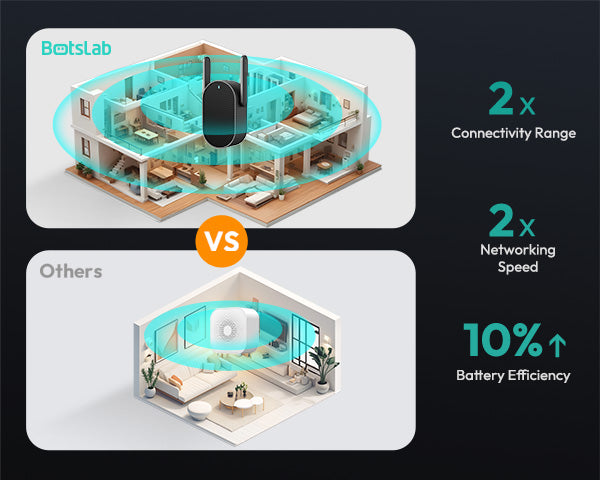




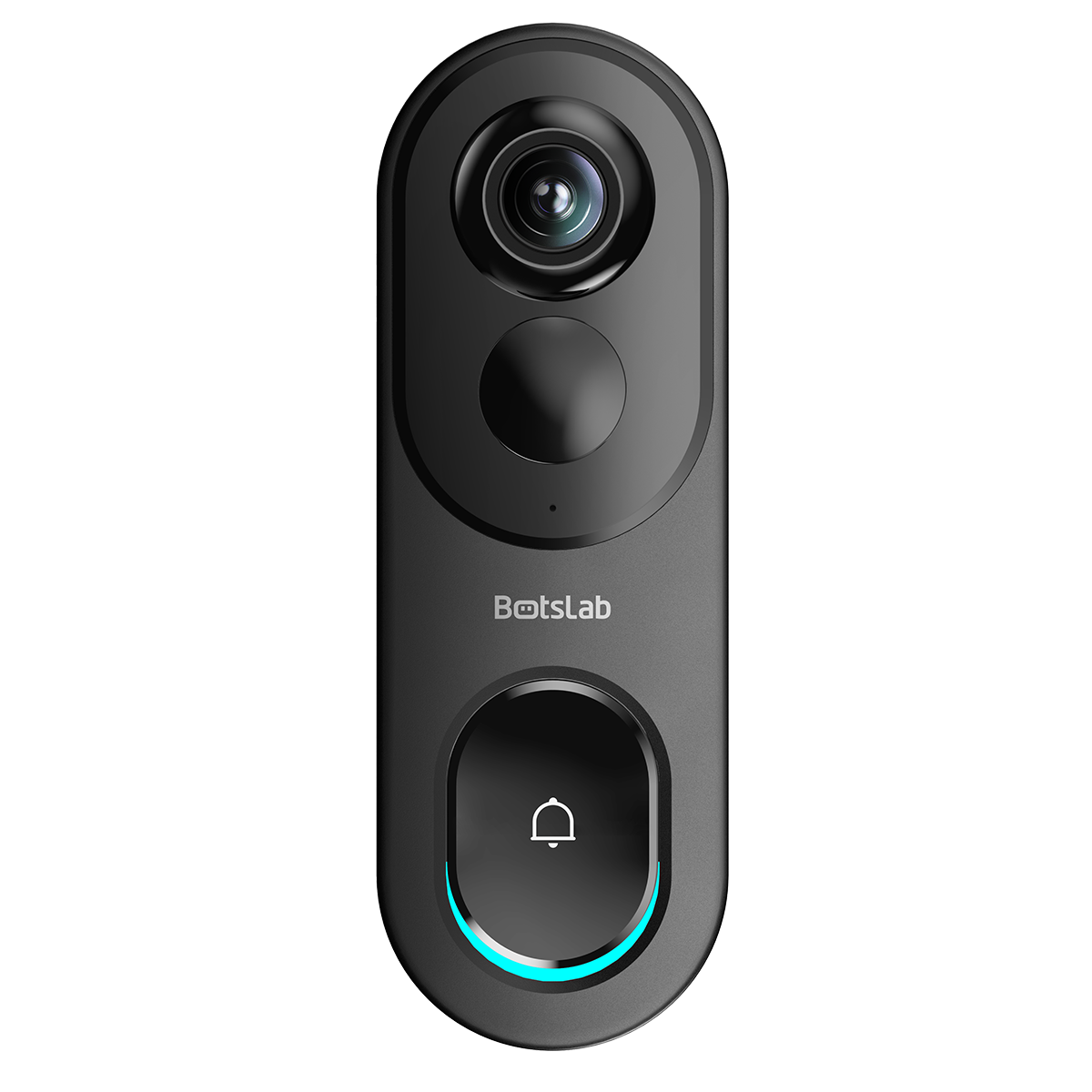


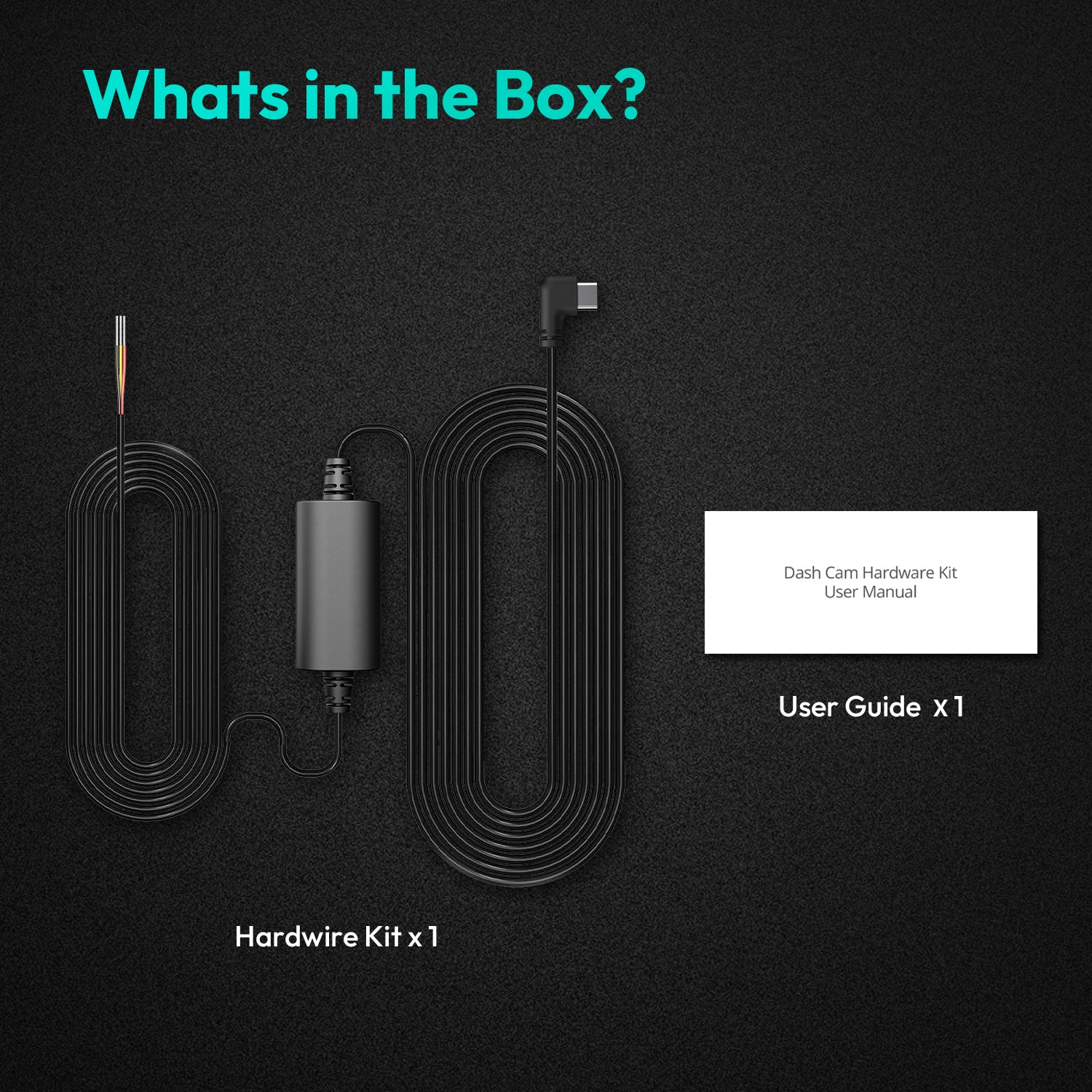
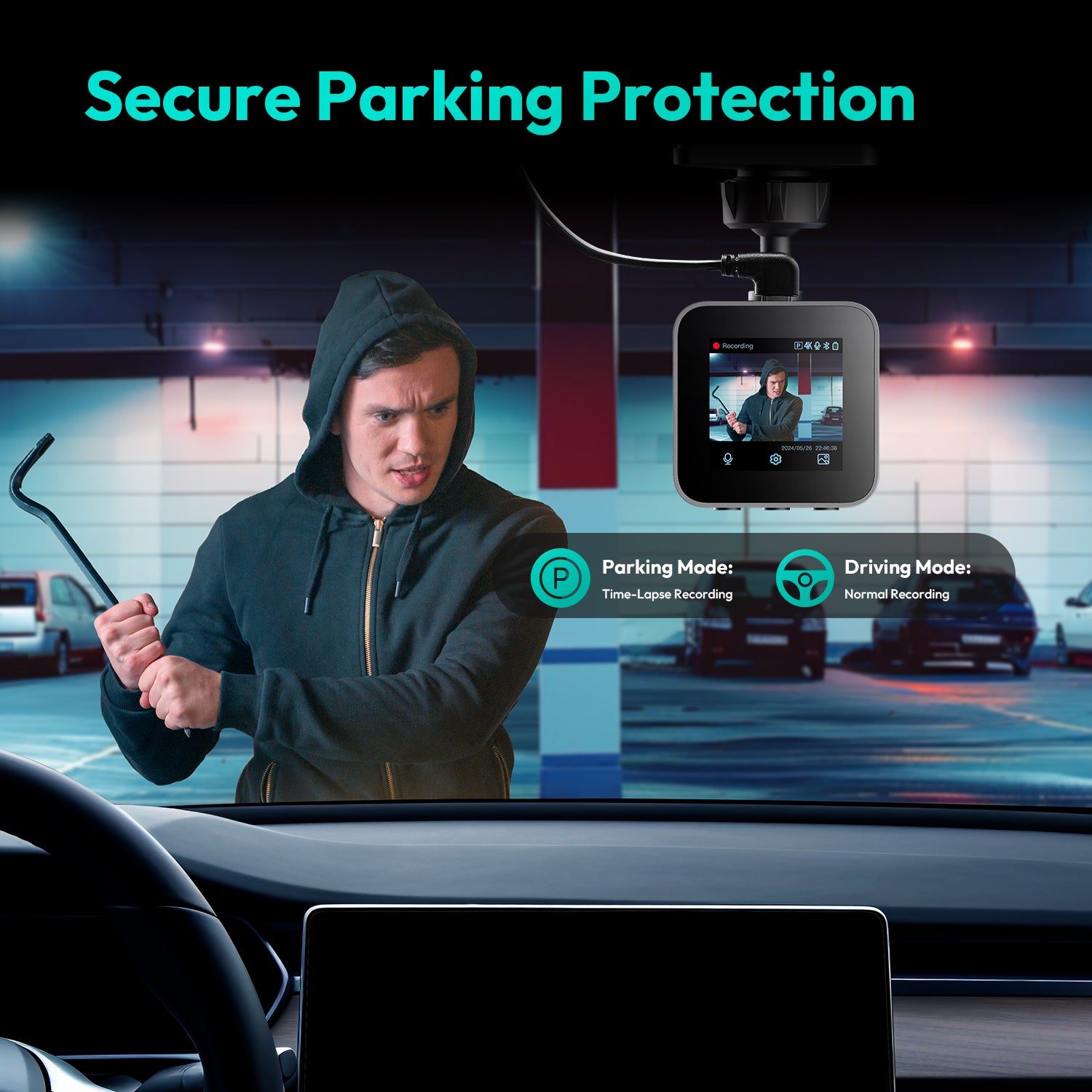
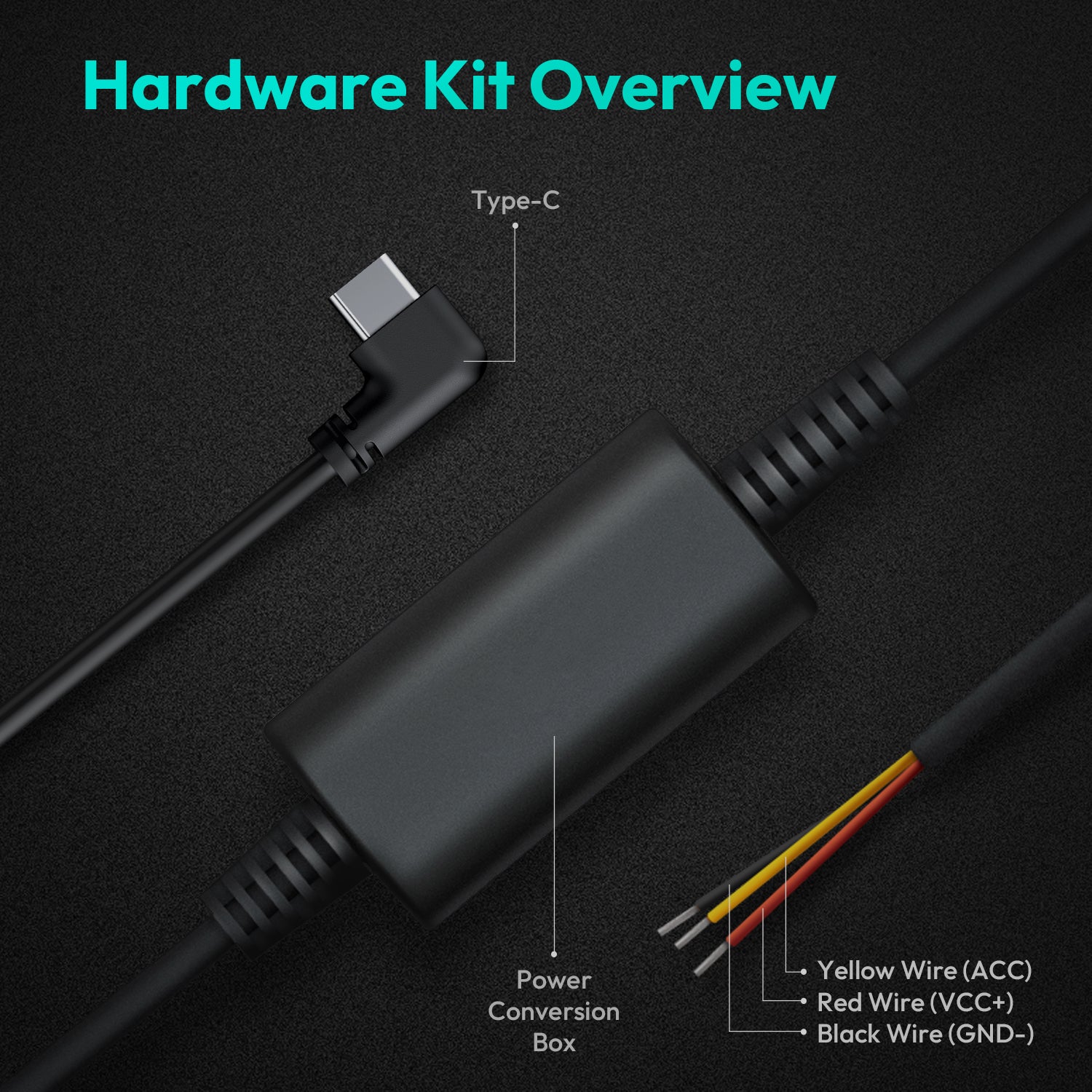

Share:
Where should I route the rear cable for my Front and Rear Dash Camera?
How can I turn off my Auto Dash Cam's screen?